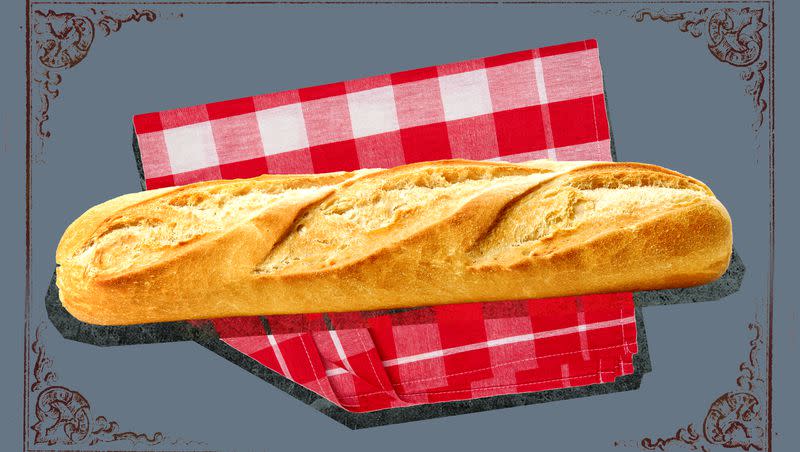Your loaf of bread might be saltier than your bag of chips

Have you ever compared the amount of sodium in your bread with a bag of chips? The sodium content may surprise you.
On Thursday, The Guardian published the findings of a report on the sodium content of bread and chips in the U.K. After analyzing 242 slices of bread from 28 companies, the report found that 75% of bread had at least the same amount of sodium as a bag of chips.
The same might be true in the U.S.
Related
Lay’s Classic Potato Chips contain 170 mg of sodium per serving, according to the Lay’s website. Sara Lee’s Artesano Bakery Bread has 190 mg of sodium per serving (one slice), per Smart Label. Wonder Bread has a serving size of two slices and clocks in at 180 mg of sodium, as the label provided by H-E-B said.
In 2018, Vox reported that in the U.S., bread is the No. 1 source of dietary sodium. Overall, most Americans consume too much sodium and it seems that the sliced bread that you buy may be contributing to that.
U.S. bread has some of the same sodium concerns in other countries. Vox said, “Breads from the U.S. didn’t fare much better. Among the saltiest: Pepperidge Farm’s Hearty Sliced white bread, which contained 1.4g salt per 100g or two slices. That means every slice, the Center for Science in the Public Interest has pointed out, carries as much sodium as a small bag of potato chips.”
Generally speaking, as Vox said, white bread tends to be saltier than wheat or multigrain bread. One of the main reasons that salt is added to bread is because it acts a preservative. That’s why your sliced bread has a longer shelf life than bread that you might make yourself or pick up at the bakery.
Related
How to reduce salt intake
There are a few ways that you could reduce your salt intake that are easy to start.
Switch from canned vegetables to frozen vegetables. Generally, frozen vegetables have a little less sodium than canned vegetables do and they are just as convenient.
Make some simple swaps like switching out your packaged white bread for packaged wheat bread. You could consider making your own bread at the start of every week so that you can control the amount of salt that you add to it.
Use dry beans instead of canned. If you’re not ready to make the switch from canned to dry (it is a time consuming venture to make beans from dry beans), you can always use low sodium beans. If you want to use dry beans, one thing that you could do is start soaking the beans while you’re cleaning the house. That way you’re being productive and at home while they soak, and then you can cook them afterwards. When you cook them, you can change their flavor profile by adding a little lemon or lime for some acidity or cayenne pepper for some heat. I like to make a big batch of beans and season them differently, so I can have some for tacos, some for pasta and some for salads.
Make your own sauce instead of using jarred sauce. Making your own sauce doesn’t have to be difficult. For a simple tomato sauce, you can use tomatoes, olive oil, seasonings and some lemon juice (this enhances the flavor and acidity of the tomatoes).

